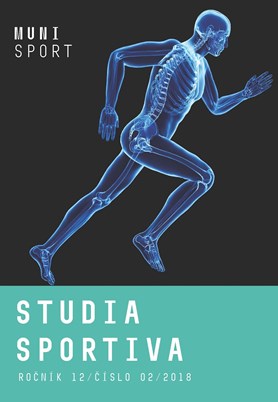BMI Indicators in Children with Intellectual Disabilities
BMI Indicators in Children with Intellectual Disabilities
Author(s): Jitka Králiková, Hana VálkováSubject(s): Sports Studies
Published by: Masarykova univerzita nakladatelství
Keywords: children with intellectual disabilities; special elementary school; the BMI indicator; level of intellectual disabilities; obesity
Summary/Abstract: Nowadays, the problematics of obesity in people with intellectual disabilities, who are limited by the handicap in their everyday lives, is getting more and more to the forefront. Currently, there is a lack of real data for the population of children with intellectual disabilities.The aim of the research is to find out whether children with intellectual disabilities in early and middle adolescence have a tendency to obesity, how many children have a normal weight in comparison with the intact population, what are the differences in the BMI indicators between boys and girls, if any of the development stages in boys and girls is connected with obesity, what is the proportion of each level of intellectual disabilities between boys and girls and if there is a bigger tendency to obesity in a certain level of intellectual disability.Quantitative and comparative research with deduction were the used methods. The machine InBody was used for finding out the BMI indicators. In total, 35 children from two special elementary schools participated in the research.The result of the research is as follows: More than half of the children with intellectual disabilities in early and middle adolescence have the weight in the norm of the intact population of the same age. In boys, there is an assumption that they will have a lower BMI in middle adolescence than they had in the previous stage of early adolescence. On the contrary, in girls, there is an assumption that their BMI will be higher in middle adolescence than it was in their previous stage of early adolescence. Obesity in boys is connected with early adolescence and the mild and the moderate level of intellectual disabilities. In girls, obesity is connected with middle adolescence and the mild level of intellectual disabilities.The contribution for practice is the finding that children with intellectual disabilities have similar BMI indicators as healthy Czech children because obesity is found in the same degree in both groups.
Journal: Studia sportiva
- Issue Year: 13/2019
- Issue No: 1
- Page Range: 85-97
- Page Count: 14
- Language: English

